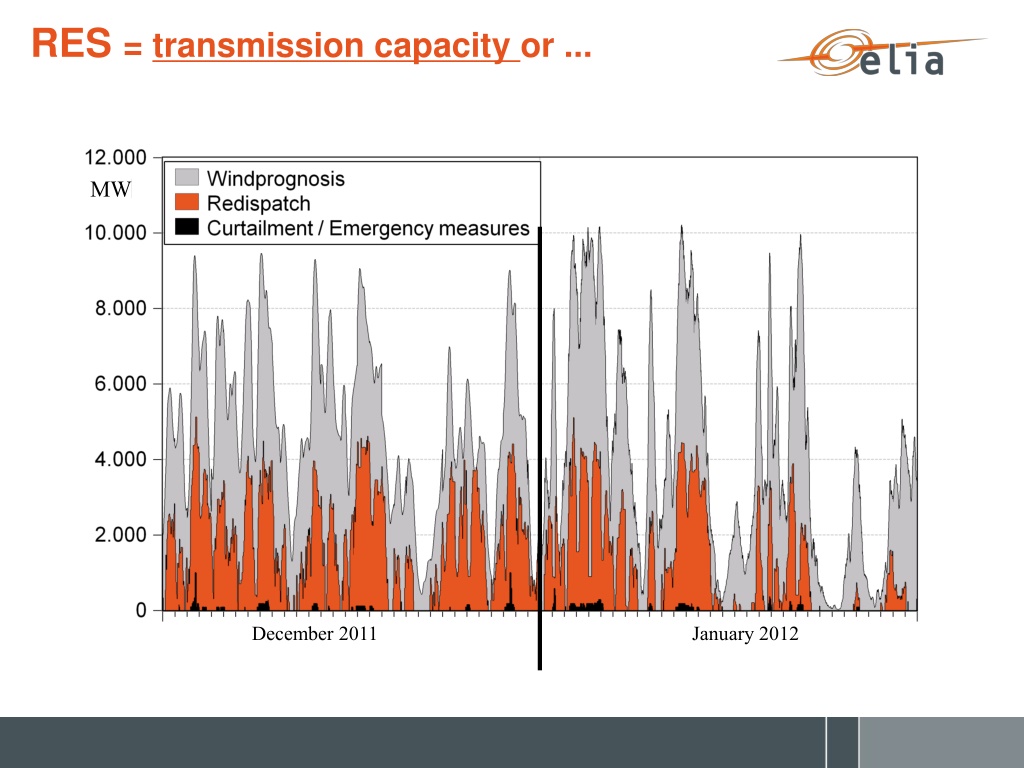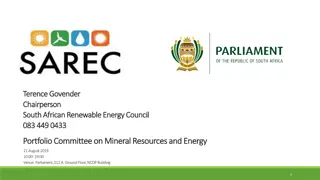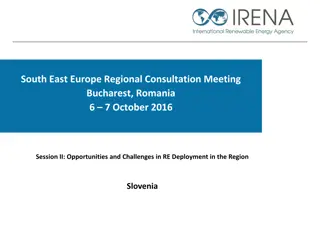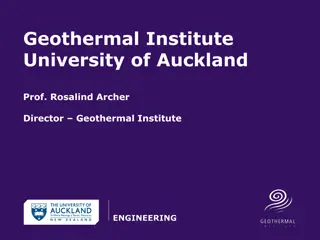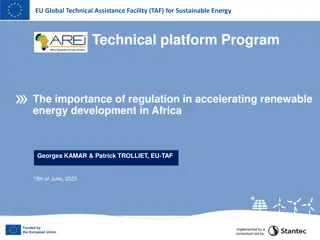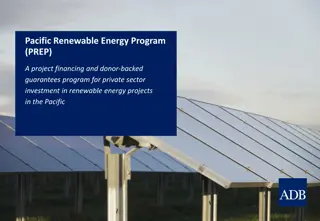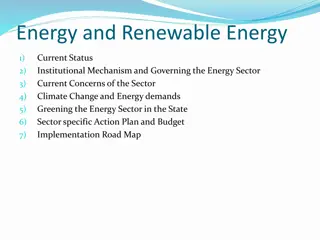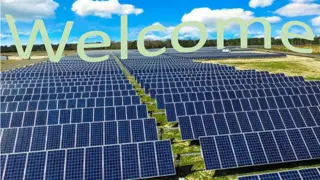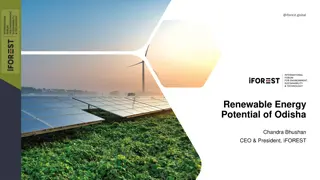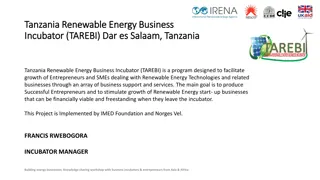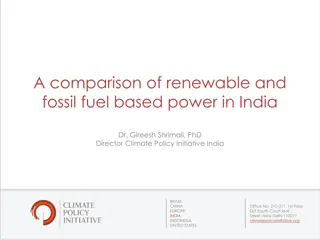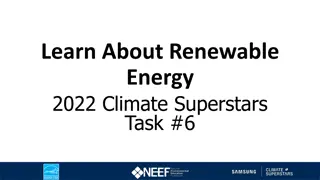Renewable Energy Strategies for Transmission and Market Flexibility
Explore the strategies and challenges related to renewable energy transmission capacity, market flexibility, and cross-border intraday trading in the European Union. Topics include capacity forecasts, flexibility requirements, balancing control areas, and incentivizing flexible generation. The integration of renewable energy sources such as wind and solar plays a crucial role in shaping the future energy landscape.
Download Presentation

Please find below an Image/Link to download the presentation.
The content on the website is provided AS IS for your information and personal use only. It may not be sold, licensed, or shared on other websites without obtaining consent from the author. Download presentation by click this link. If you encounter any issues during the download, it is possible that the publisher has removed the file from their server.
E N D
Presentation Transcript
RES = transmission capacity or ... MW December 2011 January 2012
RES = flexibility or ... 2011 Forecast actual: 5 GW ~50 % generation = Wind + PV Max min generation: 23 GW Flexible CCGT =2000-3000 h /yr Reserves R1-R2-R3 due to forecast error= ~ 5 GW 2012 peak = 22GW Assuming 400 MW CCGT units with fast ramping of ~150 MW Forecast actual : 2 GW Delta peak in 1 week: 9 GW ~33 CCGT units 2
RES = transmission & flexibility & market or ... -18.5 EUR/MWh for positive imbalance BE Sun forecast wind forecast & reality NRV is the difference (for each moment) between the sum of volumes of all upward regulations and the sum of volumes of all downward regulations requested by Elia to maintain the balance of the control area 3
Belgium: Wind + PV = 8 GW in 2020 GB FR DK : generation-mix 2030 Source:: P yry 4
RES = transmission/distribution & flexibility & market EU cross-border intraday market & EU-wide control area balancing. Synchronise RES with development of transmission/distribution capacity Active management of RES by DSO/TSOs especially for low load Incentives for flexible generation to overcome merely 2000 3000 h utilisation (e.g. gas CCGT, biomass) High power interconnectors with flexible Nordic/Austrian/Swiss systems TSOs investment in specific ancillary services (operational reserves) without participating in commodity market Increased R&D in storage systems. 5
